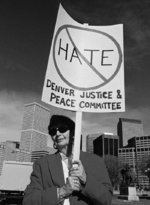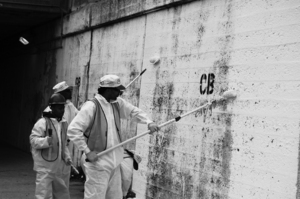 A painting crew, part of the Safer Return initiative, painting viaducts along train lines in ChicagoBy Margo Pierce
A painting crew, part of the Safer Return initiative, painting viaducts along train lines in ChicagoBy Margo Pierce
Photography Provided by Safer Foundation
Prison isn’t just a punishment —it’s a place apart with its own culture and rules. The experience of prison changes not only the inmate, but the families, friends and the community from which the convicted individuals come. More than 80 percent of inmates leave prison, and yet almost no preparation is done by anyone in any of these groups to support successful reentry.
The Safer Foundation in Chicago, Illinois, helps inmates navigate the barriers to re-entry, according to B. Diane Williams, executive director.
John Johnson needed 18 stitches in his head and his girlfriend was in fear for her life after an April 10 attack at a camp in Cincinnati where they lived. Johnson, 52, says he was sleeping under a highway overpass at about 3 A.M. when four men attacked him.
“I was awakened by four young men telling me to exit the property,” he says. “As I was complying with them, they started beating me with pipes and bats upside the head and up and down the left side of my body.”
Johnson’s attack is part of a bigger pattern of abuse that is becoming more apparent across the country. Homeless people all over North America are being set on fire, beaten, stabbed, shot, strangled, brutalized by police, harassed and raped. Many of these crimes go unreported, and the ones that do come to light might not necessarily be recorded as hate crimes.That means statistics for tracking the violence in order to find ways to address it are inadequate.
Interview and Transcription by Margo Pierce
I am a survivor from the life, of the life of prostitution. Everything that we represent here, I am a survivor of—domestic violence, prostitution, drug addiction, criminal justice system, homelessness, rape, all of that. I came here as a client and was a participant in the program in the beginning in 2001. I came straight out of incarceration into treatment and treatment introduced me to Breaking Free.
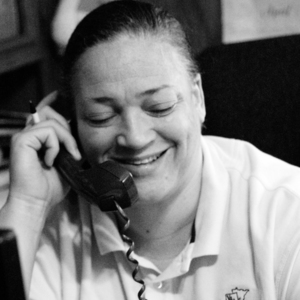 Joy Friedman, women’s program manager at Breaking Free in St. Paul, Minn, makes direct eye contact as she speaks. There is no edge in her tone of voice and no hesitation in her manner. She is an advocate in a house of advocates helping women leave prostitution. When the door is closed to her office, what was once a bedroom in a converted house at 770 University Avenue West, her presence fills the space between boxes, piles of papers on a cluttered desk and the two guest chairs that leave only a skinny floor space for navigation.
Joy Friedman, women’s program manager at Breaking Free in St. Paul, Minn, makes direct eye contact as she speaks. There is no edge in her tone of voice and no hesitation in her manner. She is an advocate in a house of advocates helping women leave prostitution. When the door is closed to her office, what was once a bedroom in a converted house at 770 University Avenue West, her presence fills the space between boxes, piles of papers on a cluttered desk and the two guest chairs that leave only a skinny floor space for navigation.
Published April 2010 Vol. 14 Issue 4
by Margo Pierce, with contributions from Kimberly Gunning and Ross Evertson
photos by Adrian Diubaldo
Economic profiling treats homeless people as criminals.
In 2007, approximately 3.6 million people were homeless at some time in North America, according to a number of non-profit organizations. “Homelessness” is defined in a variety of ways, so it is impossible to paint a uniform picture of what this reality looks like, but the numbers show that homelessness has reached epidemic proportions. And looking around the country, for many communities a popular response is punishment.
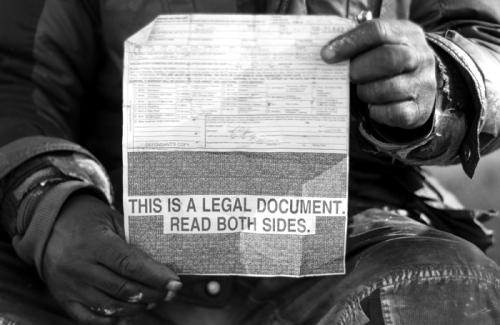 A man holds up a ticket in Denver for camping ilegaly . The ticket had no fine, but required him to go to Homeles Court.
A man holds up a ticket in Denver for camping ilegaly . The ticket had no fine, but required him to go to Homeles Court.
Published November 2009 Vol. 13 Issue 10
by Margo Pierce
photos by Adrian Diubaldo
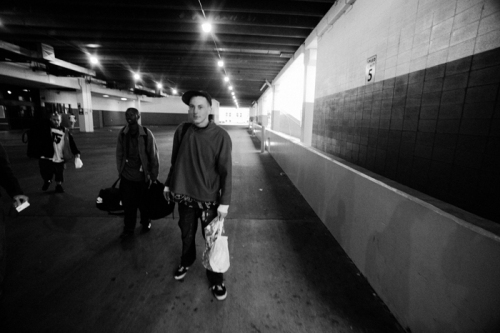
Some of the 27 million people worldwide who are bought, traded or are unwitting victims of human trafficking live and work in Colorado. It could be the person in the fields you drive past or on your doorstep telling you about a magazine offer. It’s not clear if Jose Garcia was a victim of human trafficking. He had one of those jobs that operates in a grey area. But one thing is certain: he is one of the lucky ones who was able to escape that possibility.
text by Margo Pierce
photo by Adrian Diubaldo
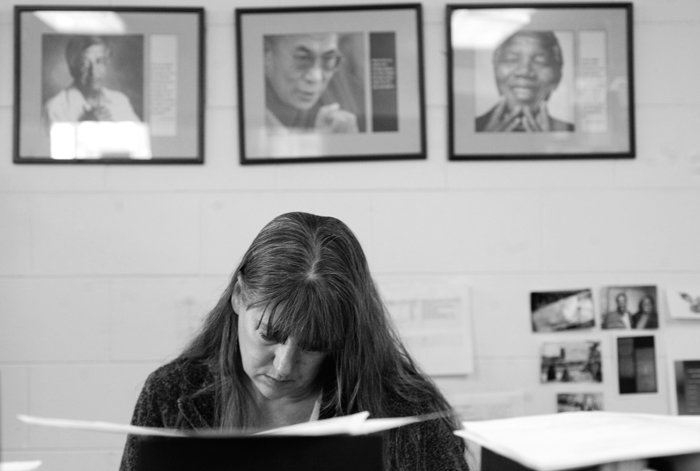 Christie Donner, Executive Director of the Colorado Criminal Justice Reform Coalition, works at her desk
Christie Donner, Executive Director of the Colorado Criminal Justice Reform Coalition, works at her desk
When a street cop says that simply throwing criminals in jail isn’t the way to protect the public, it’s worth listening. And when that street cop has worked his way up to a top position in the Colorado Department of Corrections, it carries that much more weight.

